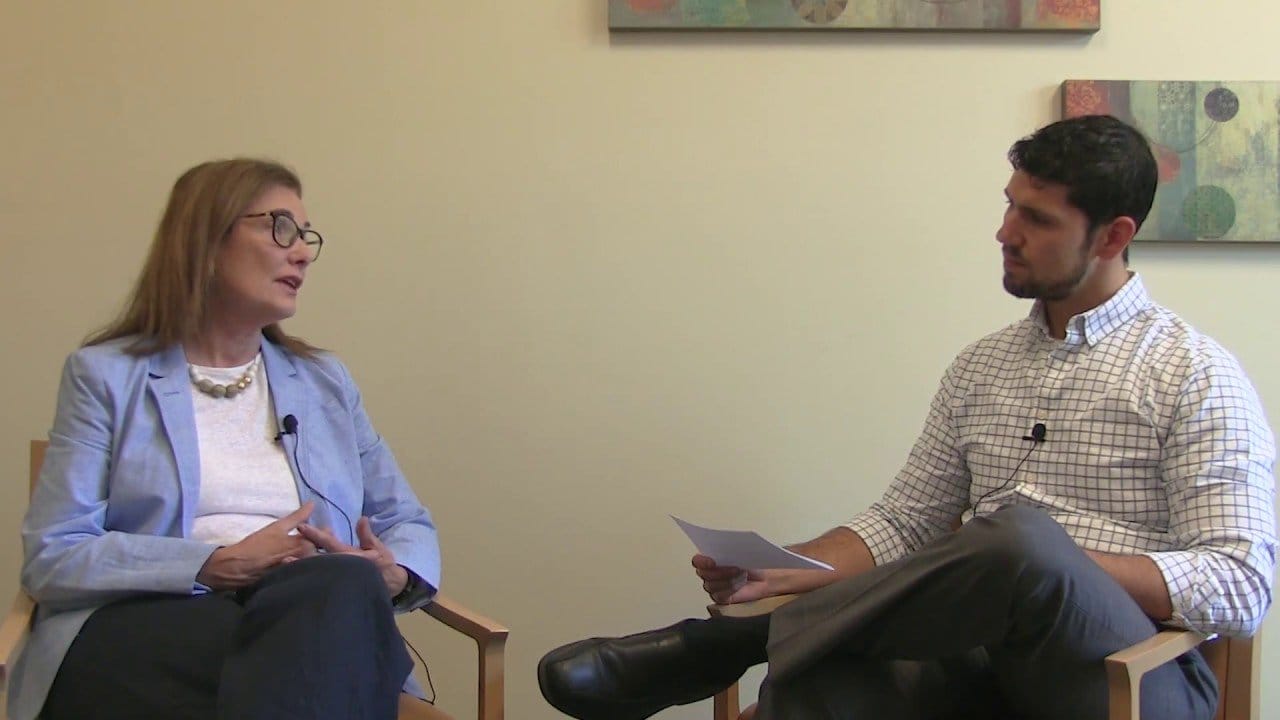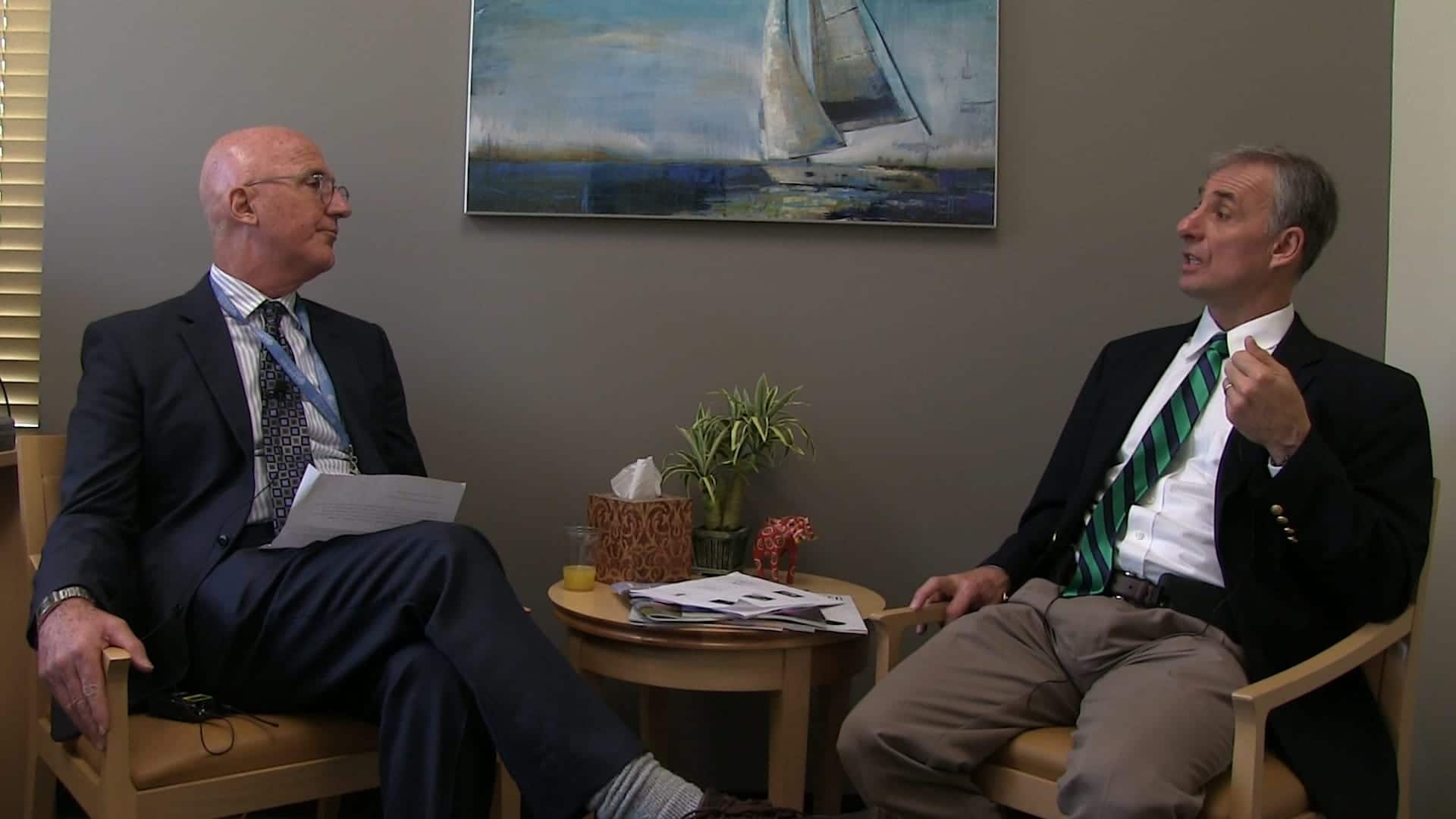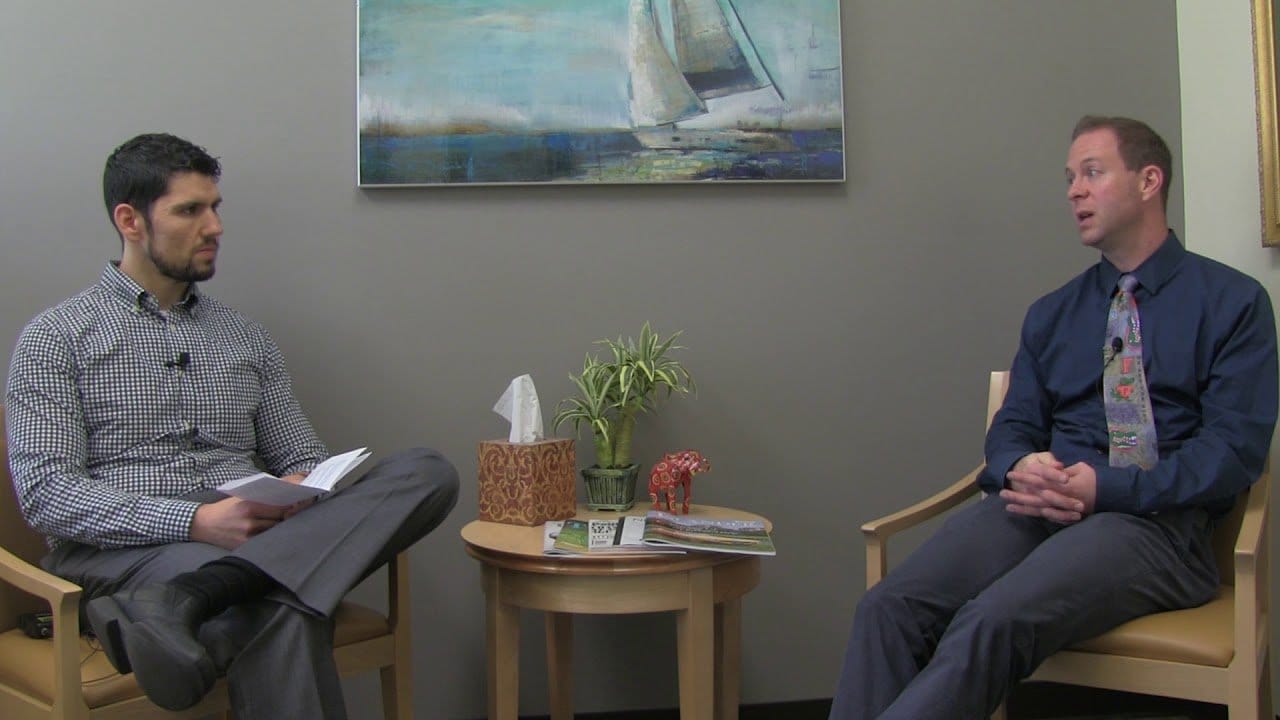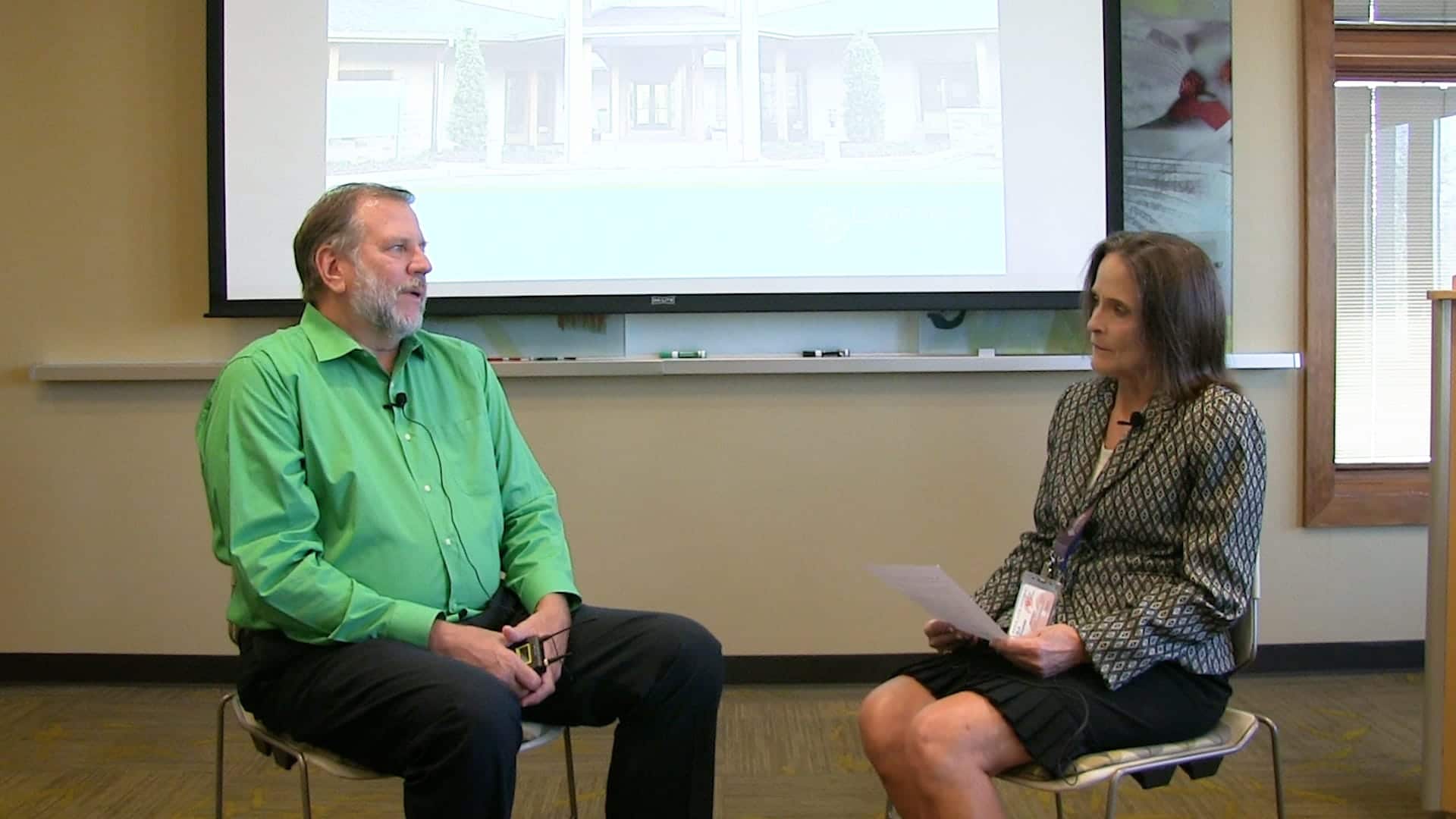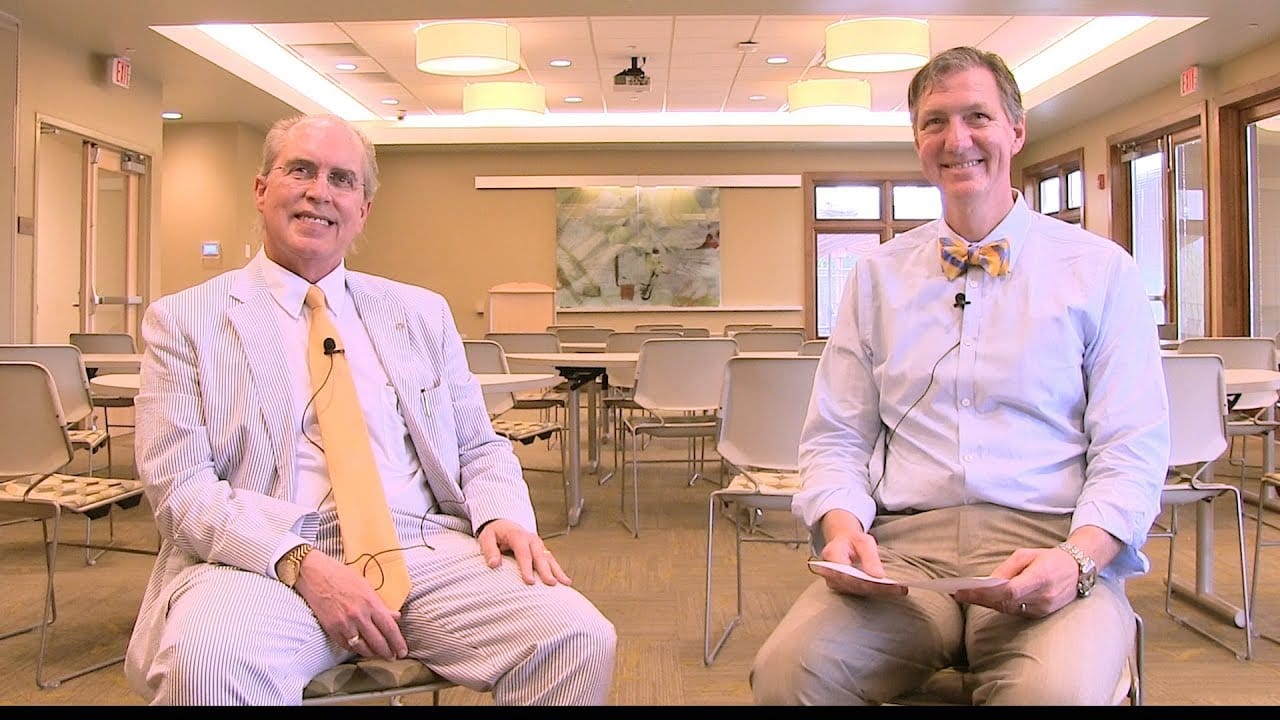

By: Lakeview Health
In this podcast, Patti Griffis talks about interventions and how much of the prep work involves educating family members about addiction and what they are facing. Families learn how to create a bottom line that will change their relationship with their loved one to help them seek treatment.
Podcast Transcript
Gina Thorne: Hi, everyone, this is Gina Thorne and I’m here today with Patti Griffis for the next installment of the Lakeview podcast series. Patti is a local clinical interventionist here in Jacksonville, Florida, and who has been working with Lakeview for a little bit now, and we’re real excited to hear more about what Patti has to offer in the world of interventions. Welcome, Patti. Patti Griffis: Hello. Gina: Before we get into sort of the meat and potatoes of what you do with interventions, can you tell us a little about your background and how you got into the field? Patti: Sure, sure. My original career was as a first grade teacher and I taught school in the inner city of Jacksonville and during my teaching career I met and married my husband, Jim. And Jim has been in the addiction field over 30 years. So as an inner city school teacher, I constantly was made aware of how addiction was affecting these kids and their families. That, coupled with being exposed to the field, going to conferences and things like that with my husband, I just really started to have an interest in it. So I decided to go back to school and become a license mental health counselor and an addiction professional and that’s what I did. After I got those credentials, I was then invited to come to Betty Ford Center for some training for the clinical intervention model that the Jays have formed; Deborah and Jeff Jay and I was happy to do that. So, I find that the intervention work is extremely rewarding, just as much if not more so than the teaching was because you literally have the opportunity to save lives. Gina: That’s great, and that’s exactly what we have seen at Lakeview time and again is sometimes families have a hard time moving forward with this disease and the family as a whole is in denial about the disease, so having an expert like you to sort of help facilitate and break through that denial helps get that loved one into treatment and helps save the family. Patti: Absolutely. Gina: Which is terrific. Well, how would you describe an intervention? Patti: OK. Well, what you were just talking about the denial. The intervention process is about 5 to 10 hours of meetings before the actual intervention. And those meetings with the family and the friends – whoever we decide is appropriate to be on the intervention team is mostly educational and that is because a long history of enabling and people are very fixed in their ideas and their belief systems about addictions and generally it’s incorrect, so you have to break through that and reteach. And we do that through good teaching methods, by showing and demonstrating to the family evidence-based research that’s supports what you’re teaching and give and take. We also collaborate as a team, coming up with what possible objections the client could come up with. And we rehearse the answers to those objections so the client more likely to accept treatment. When Bill Wilson and Dr. Bob Smith, who are the founders of Alcoholic Anonymous, when they said this is a disease that centers in the mind, they actually had it right. The research shows that now. It is a brain disease. It is a thinking disease, so the person who is struggling with addiction is literally unable to make good choices and sound decisions because their whole world is affected by this disease. They are kind of slid over into the passenger seat and the addiction is driving. So it takes the family and friends to intervene to make that decision and help that person come to the right decision to intervene and get help. We do that. We collaborate on the objections. We get together a bio-psych-social [profile] that I hand over to the provider that we decide is appropriate for this person and I coach the team on how to write an appropriate intervention letter and appropriate bottom lines. And the bottom lines is where I get the most resistance, of course, because the bottom lines, although we don’t always use them, we use them if the intervention has not succeeded and that rarely happens, sometimes you have to bring out those bottom lines. The hardest thing is to get the family to really buy into and follow through with those bottom lines. But if you spend enough time with them, usually you can break that barrier of denial. The denial is not optional and it’s there for the afflicted and the affected, for sure. Gina: And you mentioned the bottom lines: For those people who are sort of unfamiliar with the whole disease model, are we talking about sort of that line in the sand that the family draws to the loved one who has got the addiction? We’re not going to allow this any longer. We’re saying that this isn’t acceptable any longer. Patti: The bottom line is a statement of specific ways that the relationship will change if the patient is not going to treatment. And the bottom lines may be as specific as: I will no longer accept your telephone calls. I will no longer have you in my home. I will no longer give you money for food. It can be those kinds of things and that’s tough for a parent to say. However, very, very necessary. The bottom lines never go away, too. If a person goes to treatment and comes out and we start to feel that the person is close to relapse or has relapsed, we get back together as a team and we re-intervene. Those bottom lines are steadfast and they’re forever and that’s what makes it work. Gina: It interesting because I can’t imagine that you would have a lot of family members that would be overly receptive to kind of relinquishing that control since they’re living in a place with no control and chaos, but they feel like they got some manageability by giving the family member permission to sleep on their sofa or giving them permission to give them money. So how do you work through that? How do you work through that with a family member who is really struggling with, “Well, Patti, how am I not supposed to answer my child’s phone call if they’re in the middle of D.C and they have had a blackout, how do I do that?” Patti: Well, through education, through education and it is a process you just don’t tell them and it’s an event and all of a suddenly they are on board. It is a process for sure. It’s breaking through the denial – that is a helpful thing. I know for the moment that if a parent can see their loved one on the coach sleeping, they know they’re safe. However, if the person is under the influence, they are just reinforcing that behavior, they’re enabling that behavior to go on and so it is difficult and it takes many, many, many hours of education to break through that. Gina: And you spend that kind time with families on the front end, helping them prepare for that moment for is it a confrontational model that you see, like a lot of people refer to those intervention 911 shows and a lot of people relate to interventions being like that. Is it similar to that or is it more of a softer, gentler approach? Patti: It is definitely softer and gentler. We like to schedule the interventions at a time of day where we are fairly certain the person will not be under the influence. And what we do is we say, “We got some things we need to tell you.” I’m referring the person as the patient, I shouldn’t be doing that, the individual. Bring the individual in to a room and we have already decided the seating arrangement. We have already rehearsed in the order in which we are going to read the letters and that is all based on the relationships and the psychology of those relationships. So, one by one, the intervention team reads a 7-point letter to the person, and that letter is all about the love and that this is an illness. An illness that is organic, it wasn’t asked for, nobody’s a bad person they’re just ill. And so after at the end of that letter, each person asks the individual if they will accept the treatment. After we go all the way around the room, and that individual is still refusing to go, that’s when we do the bottom lines and typically the individual is relieved because now a decision that they have probably been thinking about and struggling [with] for a long, long time that has been made for them and they really appreciate it because it’s such an act of love. Gina: That’s great. Well, we talked a little bit about your style of intervention and why it works. I’m curious you also mentioned in the last statement that there are a lot of family members that are shameful about this disease. There’s a lot of shame tied to it, so what would you recommend to the family who is listening to this, who is not sure about their loved ones struggling with this, probably, and you know there is shame attached to it, how do you help coach somebody like that into picking up the phone and calling and getting help? Because they’re still unsure is my loved one truly having a problem is it they’re just having too much fun. How do we know it’s an actual disease? Patti: Well, I would suggest that they get with a licensed mental health counselor and an addiction professional and talk to them and they will be able to tell you whether or not this is problematic use or not. Typically, is not about how much the person’s using or how often the person’s using. It is more about what happens when the person puts this substance in their body. Are there negative ramifications, such as, “When Aunt Suzy drinks, she is so hung over the next day, she can’t go to work,” that’s a problem. If when your daughter smokes marijuana, she can no longer get to work, she can no longer get off the couch, that’s a problem. That’s negative consequences and that is substance abuse and addiction. Gina: I have found that today’s podcast has been very educational for our listeners today. I think for those of you that are listening today if you have members of your family or friends or colleagues that are struggling with alcohol or drug abuse, I would certainly encourage you to take some of Patti’s advice seriously and reach out for help. If people wanted to reach out to you directly how could they reach out to you, Patti? Patti: Well my website is Griffisclinicalinterventions.com. My email is clinicalinterventions@gmail.com, and my cell phone is area code 904-477-4640. And I would just like to add, it’s not just we do the intervention we dust off our hands, he’s gone, he’s out of our hair no, no. The interventionist helps assist greatly in picking the right treatment facility that is appropriate to that person’s needs. And the reason why the Jays require that the person being trained in their method be a master’s level counselor is not just because, it’s because over 70 percent of people with addiction problems have a co-occurring disorder and that can be PTSD, it can be depression, it can be anxiety – a whole host of mental illnesses. And it’s important that those are address properly. If I do an intervention on somebody who has really deep-seated family issues, then I will refer to a place such as Lakeview because I know they have a 3-day workshop that is in the best interest for that family and individual it’s really important. Also I like to add that my husband and I, after the intervention, we provide case management for as long as that individual wants it or needs it. We help them to get connected in the recovery community. We help them if they need help getting on board with a resume or finding work we can assist them in that regard, as well. Gina: That’s great and that’s obviously for the long-term support not just for the patient for the family members as well. Well thank you so much for taking the time to talk with us today I think you information is going to go to benefit many families out there. For those of you interested in learning more about Lakeview we encourage you to visit us at Lakeviewhelath.com. You can also reach out to us at [Direct] . Until we meet again, thank you.
